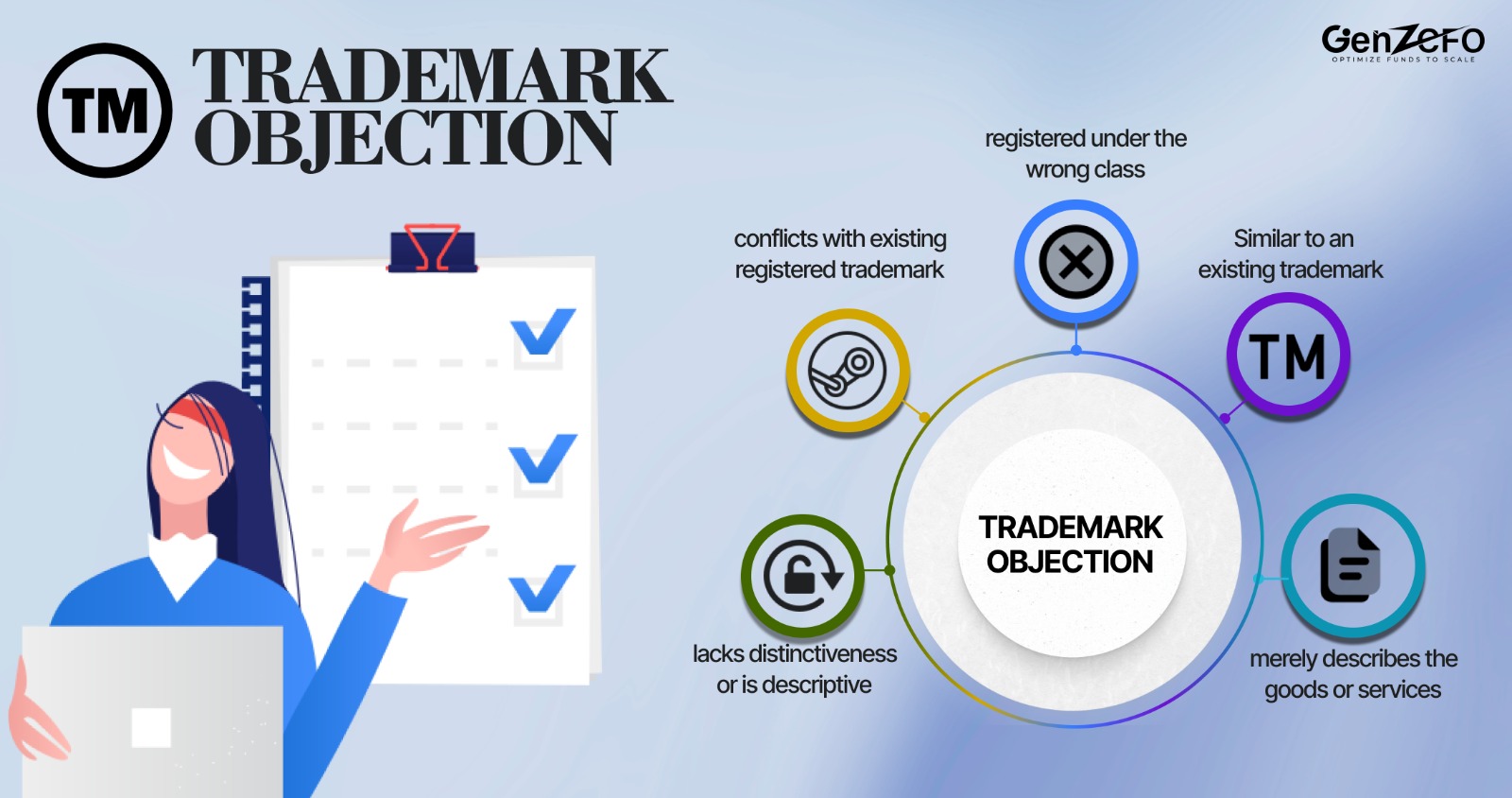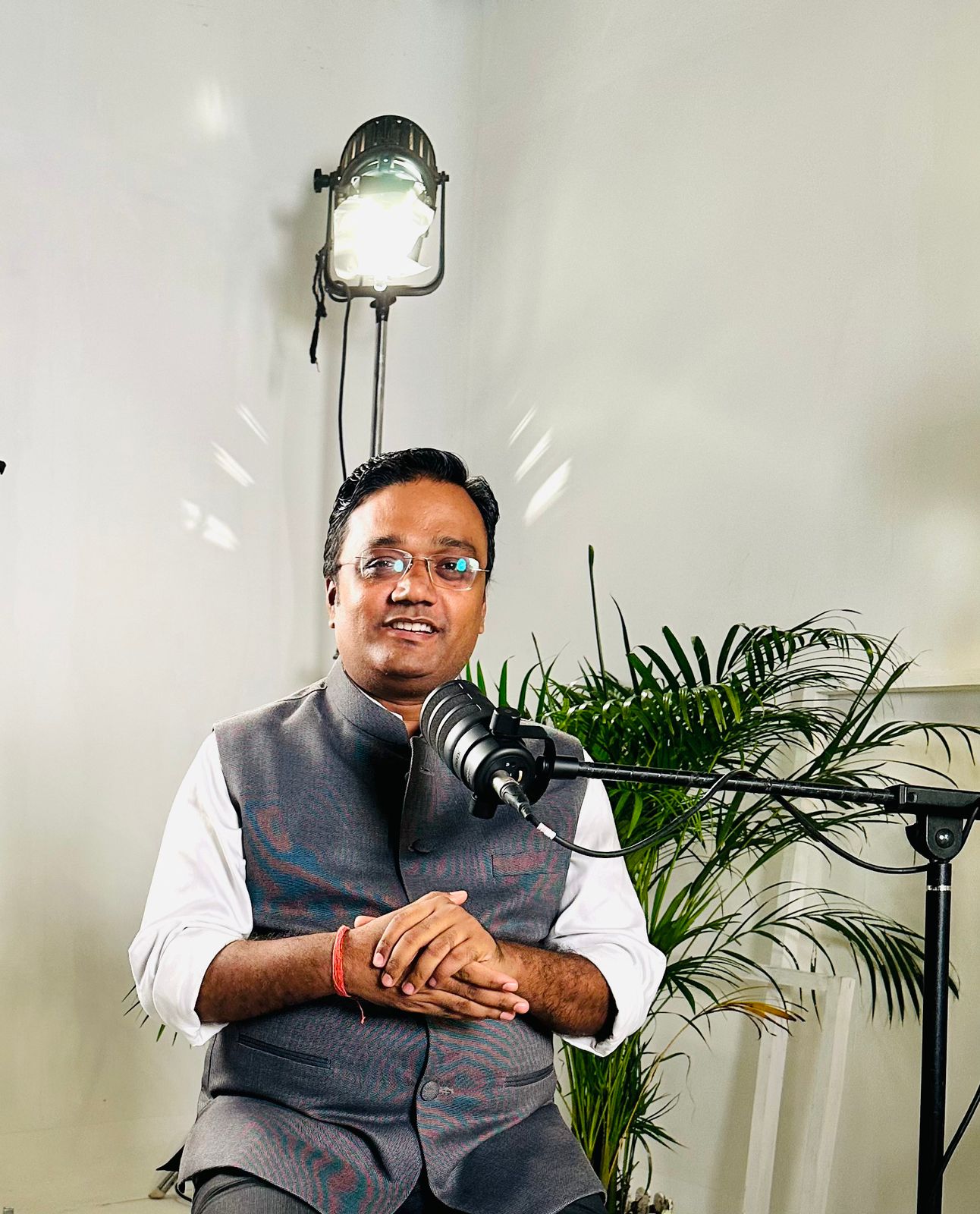Trademark Objection Reply: Section 9 and 11 of Examination Report

Reply to Trademark Objection
If you have filed your trademark application, it is very essential to see that whether your application has been Accepted or Objected. The status Objected in a trademark application means, the Trademark Registry has issued you an examination report and expects you to reply within 1 month with MIS-R. Alternatively, you can also directly apply for a Ready for Show Cause Hearing. In easy words, a trademark objection is a formal objection raised by the Trademark Registrar during the trademark registration process. This legal hurdle arises when the trademark application does not comply with specific legal norms or overlaps with an existing trademark as per the Trade Marks Act, 1999. Trademark objections can be an obstacle for businesses including private limited companies looking to protect their brand identity, but with proper knowledge and preparation, these objections can be overcome. In this GrowthX Article, we cover the complete aspect of Trademark Objections.
Trademark Application Process
The trademark registration process in India involves several steps, beginning with filing the application in TM-A, followed by an examination report by the Trademark Registrar. This process includes:
-
Filing the Application: Submission of the trademark application with complete details like brand name/ logo with class.
-
Examination Stage: The Registrar reviews the application, assessing the mark’s distinctiveness, legality, and classification.
-
Objection Stage: If discrepancies or conflicts arise, the Registrar raises an objection in the form of an Examination Report.
-
Response and Hearing: Applicants must respond to the objections, possibly leading to a hearing before the Registrar.
-
Registration or Refusal: Based on the applicant’s response, the Registrar either approves or rejects the application.
Trademark Examination Report
The Examination Report is an important document issued by the Trademark Registrar either to you or your trademark agent over the email address. You can also check the same through E-Register and it outlines the objections and reasons for denying the registration. Key elements of trademark objections include:
-
Lack of distinctiveness of the mark
-
Similarity with existing trademarks
-
Errors in classification
-
Insufficient documentation
This examination report serves as the official notice of objection, and it’s the applicant's responsibility to file a response within 1 month time by filing MIS-R. Please note that there is no government fees for filing the reply to the examination report.
Common Types of Trademark Objections in India
The Registrar commonly raises several types of objections. These include:
-
Section 9 Objection: The trademark lacks distinctiveness or is descriptive.
-
Section 11 Objection: The mark conflicts with an existing registered trademark.
-
Incorrect Classification: The trademark is registered under the wrong class of goods or services.
-
Deceptively Similar Marks: The proposed mark is too similar to an existing one.
-
Descriptive Objection: The mark merely describes the goods or services without being unique.
Section 9 Trademark Objections
Section 9 of the Indian Trademark Act deals with marks that are not inherently distinctive or are descriptive of the goods/services. A common example is when the mark uses terms that are generic or describe the quality, purpose, or geographical origin of the product.
Steps to Section 9 Objections:
-
Prove acquired distinctiveness through extensive use of the mark with annexures to your reply of TM Objection.
-
Provide evidence of secondary meaning, showing that consumers associate the mark specifically with the applicant.
-
Submit advertising, sales figures, or market reports that demonstrate the trademark's use and recognition in the market.
Section 11 Objections
Section 11 objections are raised when the applied trademark is similar to an existing registered trademark, leading to possible confusion among consumers. The Registrar may cite:
-
Similarity in visual, phonetic, or conceptual elements.
-
Likelihood of confusion in the minds of the general public.
Strategies to Section 11 Objections:
-
Conduct a comparison between the two marks to highlight distinct features.
-
Provide proof that the applied trademark is being used without any confusion or dispute.
-
Argue for co-existence, especially if the existing and applied trademarks operate in different industries or geographical markets.
Incorrect Classification of Goods or Services
One of the common objections involves incorrect classification under the Nice Classification system. This system categorizes goods and services into 45 TM Classes, and an incorrect classification can delay or jeopardize the application.
Resolving Classification Errors:
-
Amend the application to reflect the correct class.
-
Consult the WIPO Nice Classification guidelines to ensure proper categorization.
-
Submit additional documentation justifying the chosen class, if needed.
Deceptively Similar Trademarks
A trademark is considered deceptively similar if it closely resembles an existing trademark, leading to potential confusion. The legal test involves comparing the trademarks' appearance, sound, and meaning.
Case Study of Deceptive Similarity:
In the case of Cadila Healthcare Ltd. v. Cadila Pharmaceuticals Ltd., the Supreme Court laid down guidelines for determining deceptive similarity, emphasizing the importance of considering the overall impression created by the trademarks. To overcome this objection, it’s important to provide legal arguments based on the likelihood of a confusion test and demonstrate that the marks can coexist if you face the situation of Ready for Show Cause Hearing. Legal Agreements are recommended if you allow someone to use your brand/ logo so that your IP is protected.
Descriptive Trademark Objections
Descriptive marks are those that describe the goods or services offered. For example, terms like "Sweet" for sugar or "Fast" for internet services are deemed descriptive.
Best Practices for Descriptive Objections:
-
Argue acquired distinctiveness by demonstrating that the mark has gained recognition through extensive use.
-
Provide market evidence such as consumer surveys that show the mark is associated with your brand alone.
Procedural Errors Leading to Objections
Errors in the application, such as incorrect details or incomplete documentation, often result in objections. Common procedural errors include:
-
Misfiled forms
-
Incorrect applicant details
-
Missing power of attorney (if filing through an agent)
Steps to Address Procedural Errors:
-
Review the application thoroughly for accuracy.
-
Submit amendments or additional documents as required by the Registrar.
-
Follow up with the Trademark Office to ensure corrections are processed.
Practical Steps to Responding to a Trademark Objection
When faced with an objection, the first step is to carefully review the Examination Report to understand the nature of the objection. Follow these steps to ensure a legal response:
-
Objection Nature: Read the examination report carefully and identify the specific reasons for the objection.
-
Gather Evidence: Collect any evidence supporting the distinctiveness of your mark.
-
File a Response: Submit a well-drafted response within 1 month deadline, addressing each point raised by the Registrar.
Drafting a Strong Response to Trademark Objection
A strong response to a trademark objection should include:
-
Detailed legal arguments supported by case law.
-
Examples of distinctiveness or evidence of no conflict with existing marks.
-
A clear and organized format, ensuring all points in the Examination Report are addressed.
Legal Recourse if Objection is Not Overcome
If your response to the objection is rejected, you have options for legal recourse:
-
File an appeal with the Trademark Appellate Board (TMAB).
-
Approach the Intellectual Property Appellate Board (IPAB) for a judicial review.
Professional Assistance in Trademark Objection
In complex cases, it's often beneficial to seek professional legal assistance. A trademark attorney at GenZCFO can:
-
Review the objection notice and prepare a response.
-
Provide representation during trademark hearings.
Tips to Avoid Trademark Objections in the Future
-
Conduct a thorough pre-filing search to check for conflicting trademarks.
-
Choose a distinctive, non-descriptive mark and seek professional help.
-
Ensure accurate classification and proper documentation before submission.
Conclusion
Trademark objections, while common, are not impossible to remove. If you have support of good trademark attorneys, you can overcome this with the practical steps outlined above, and at GenZCFO we have helped thousands of businesses in the trademark registration process. Early preparation, legal responses, and professional assistance can significantly improve the chances of overcoming trademark objections under sections 9 and 11 and securing trademark protection. Need help, visit us at IPR Advisory.


 CA Manish Mishra
CA Manish Mishra